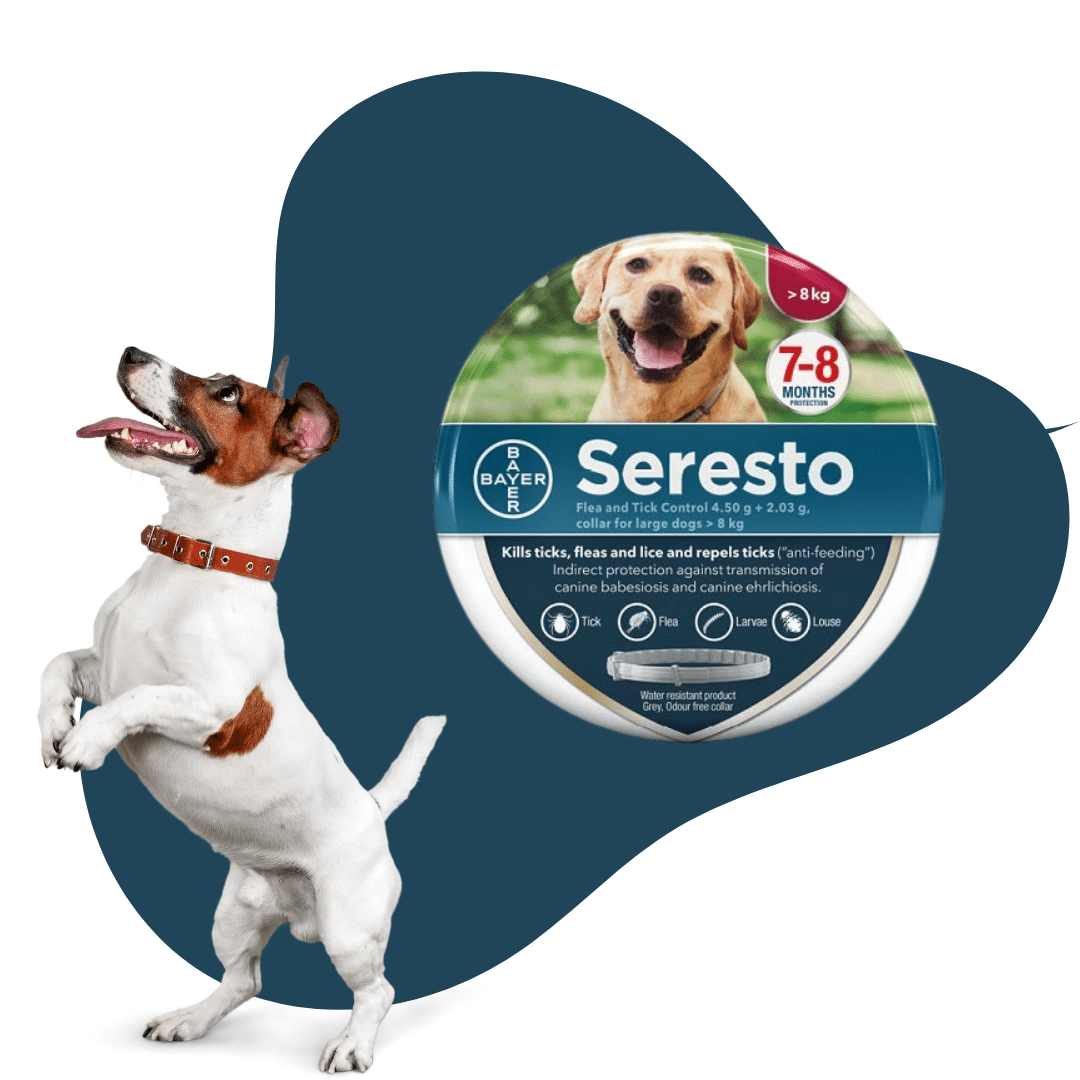These experts gave us their takeaways from years of experience in the field which fell into 5 categories:
- Product/Market Fit
- Finance and Management
- Branding and Experience
- Ad Best Practices
- Technology
We’ll explore these themes in detail and then present the speakers’ direct quotes in the full infographic at the end.
Product/Market Fit
Before you start any product advertising, you need to evaluate the market you’re going into. Deeply understand your customer base, what their needs are, and how your product will address them.
“Paint a picture of the better future they can achieve with your product. Do this effectively, and you’ll build stronger interest, fuel greater excitement, and get more people clicking ‘Add to Cart,’” says Emma Schermer Tamir of Marketing by Emma.
It’s so important to differentiate yourself from your competitors. In eCommerce, this is even more critical as there are often very similar products, with similar features, that are only a click away. Emma continues, “By committing to what makes you unique, you make it easier to choose you while giving like-minded individuals the opportunity to forge a lasting relationship beyond arbitrary, fleeting differentiators like price, reviews, or hype.”
Just as your products are unique, so are your customers. “Don’t use a one size fits all approach and just run generic ads that could be for anyone 18 – 65 in your home country. If you are advertising to anyone then you are advertising to no one,” comments Duane Brown, CEO, and Head of Strategy at Take Some Risk, Inc.
Truly get to know who your customer base is and involve people from your whole company in the process–not just the marketing team. “[An] Online Marketing Planner…is the only way to get input from everyone in your company; from Purchasing and Sales to your Email Marketing and Digital Advertising teams,” points out Stefan Chiriacescu, Founder and CEO of eCommerce Today.
Finance and Management
Once the big step of narrowing down your market niche is complete, you’ll want to evaluate the practicalities of how you’re going to execute your marketing. Building a new marketing team is hard. Jason Wong, Managing Partner of Wonghaus Ventures notes, “Your team is ultimately what will help scale your business, so making sure you hire properly is crucial.”
You’ll hire people or bring on agencies that sometimes aren’t a good fit in the end. “We all make this mistake; we hired the wrong marketer or agency and don’t want to admit it. Fire them if they are not living up to their potential and what they said they would do,” Duane Brown points out.
That being said, you do need to ensure you’re hiring enough people to do the work. Duane continues, “Spreading your team too thin is like getting your car stuck in the mud–you are going nowhere fast.” While you can try to rely on software solutions to help with some of the work, Duane cautions against investing in too much tech: “Make sure your team is going to use it to help save time and or make you more money. Paying for tech and not using it is a huge waste, but it also means you cannot use that money for something else in the business.”
Branding and Experience
The main step in building your eCommerce business is focusing on your brand. While you may view branding and user experience as very separate, in reality, they are very closely connected. If the product videos and look and feel are on point, but the website isn’t optimized for mobile, your brand is going to be associated with frustration, at the end of the day.
Kyle Ranally, Vertical Insights Marketing Strategist at Facebook, puts it simply: “Don’t add unnecessary friction to the purchase journey. The surplus of choice has made it easier than ever for people to take their businesses elsewhere when faced with any friction.”
On making choices effortless and reducing analysis paralysis, Emma Schermer Tamir says, “Understand where you fit into the competitive landscape, and then identify how you stack up to make comparisons painless. Concise text and thoughtful organization can make a massive impact on your bottom line.” Ultimately, you want to make it easy for the buyer to see why you’re the best option and to check out. Don’t overload them with information–simplicity is key.
Whenever you craft and map your user journey, keep in mind that everything will be unique to your own unique set of customers. “Do not base your personalization efforts just on big data and algorithms, thus averaging customer experiences – the “average” customer experience does not exist,” Alex Genov, Head of Customer Research at Zappos, stresses.
Personalization is something that’s basically a given in marketing these days. However, seeing the rise in consumer demand for online privacy, it’s crucial for brands to be aware of this and exhibit a level of transparency to garner trust from customers.
“Personalization has become so ubiquitous that we often don’t see it at work. It can make the difference between feeling overwhelmed and overjoyed. However, at times, people are either confused or skeptical about how companies use data to offer them tangible value,” Kyle Ranally cautions. “As the digital ecosystem evolves, businesses looking to build out their first-party data will need to be as transparent as possible, so that consumers know exactly why and how they intend to use this information. Shoppers in the US, for example, are 2.6 times more likely to share data when made aware of the personalized benefits it enables.”
Ad Best Practices
One of the common themes that came out from talking to these experts was to not limit yourself to the tried and true channels like Google and Facebook. “There is a lot of underpriced ad real-estate on platforms that aren’t utilized as often, such as Bing, Reddit, TikTok, etc. Find an off-the-beaten-path platform and start running ads to your Amazon listings. Gather data and optimize for those audiences to maximize the platform,” advises Anthony Lee, Amazon Subject Matter Expert at Canopy Management.
Of course, everything depends on your niche and where your audience is, but Jason Wong reminds us to “take advantage of new social channels, like TikTok and Snapchat. The misconception is that they’re only for kids, but the fact of the matter is that adults make up a large portion of the audience on both platforms.”
And when you do try out other channels, you can’t simply use the same copy and creative across all of them. “It’s not a one-size-fits-all approach,” cautions Alice Chang, Founder and CEO of Perfect Corp. “Businesses must carefully consider who is engaging with them and how they are connecting across each individual channel. They must move from a traditional passive experience to an active experience, engaging with consumers every step of the way.”
Continuing down this vein of thought is the very key idea of the marketing funnel. You can’t treat customers who are hearing about your business for the very first time the same as people who’ve visited your site 5 times already. “Align the creative, targeting, and metrics for each campaign with the different stages of the consumer’s purchase journey,” says Brendan Hughes, Optily CEO and author of Accelerate eCommerce Growth. “Inspire cold audiences with your story. Educate warm audiences with your unique value proposition. Convince hot audiences to purchase right now.”
While getting customers to buy once is enough of a feat on its own, getting them to repeatedly purchase and become loyal to your brand is the crown jewel. “One of the most successful retention marketing strategies we see amongst Wix users is the use of automated email campaigns and newsletters,” says Liat Karpel Gurwicz, Director of eCommerce Marketing at Wix. “On average, Wix stores that use email marketing have 149% higher revenues.”
Technology
Digital marketing is constantly shifting and marketers need to be keeping up with the technological advancements. Some of these advancements are there to lower costs for the advertiser, like ad automation or optimization, but others are there to enhance the user experience.
Most of the big ad platforms empower marketers to leverage the power of their algorithms to learn the best ad formats and placements that will garner the most clicks. But managing multiple channels can become quite challenging. Stefan Chiriacescu recommends that you, “use tools that aggregate your data so you can analyze it, ask the right questions, and adapt your strategy. Long gone are the days in which you’d manage channels separately.”
Customers love playing around with new tech like Augmented Reality (AR), which has come especially far in recent years, with regard to eCommerce specifically.
“AR and AI tech are no longer a nice-to-have—they are a must-have,” Alice Chang reminds us. “Companies must embrace the digital transformation and learn to lean into the opportunities that AR and AI technologies open for their business and consumer experience.”
QR codes have been around for ages, but due to restaurants starting to use them heavily throughout the pandemic, they’ve finally caught on. “As a bridge between digital and real-world, the use of Snapcodes and QR codes is only going to keep growing in 2021 and beyond,” points out Grégoire Gimaret, Product Marketing Lead, France and Emerging Markets at Snapchat.
15 Dos and Don’ts of eCommerce Marketing

Thanks to all the contributors for the great quotes that made up our infographic:
- Duane Brown, CEO & Head of Strategy, Take Some Risk, Inc.
- Alice Chang, Founder and CEO, Perfect Corp
- Stefan Chiriacescu, Founder & CEO, eCommerce Today
- Alex Genov, Head of Customer Research, Zappos.com
- Andrew Waber, Director of Insights, Teikametrics
- Anthony Lee, Amazon Subject Matter Expert, Canopy Management
- Grégoire Gimaret, Product Marketing Lead, Snapchat
- Kevin Indig, Director of SEO, Shopify
- Kyle Ranally, Vertical Insights Marketing Strategist, Facebook
- Liat Karpel Gurwicz, Director of eCommerce Marketing, Wix
- Mark Lilley, Co-founder and Director, Groundswell
- Ronnie Teja, Founder and CEO, Branzio Watches
- Ryan Smith, CMO, Emotive
- Emma Schermer Tamir, CEO and Co-Founder, Marketing by Emma
- Jason Wong, Managing Partner, Wonghaus Ventures
- Brendan Hughes, CEO, Optily
- Mina Elias, Founder and CEO, MMA Nutrition





